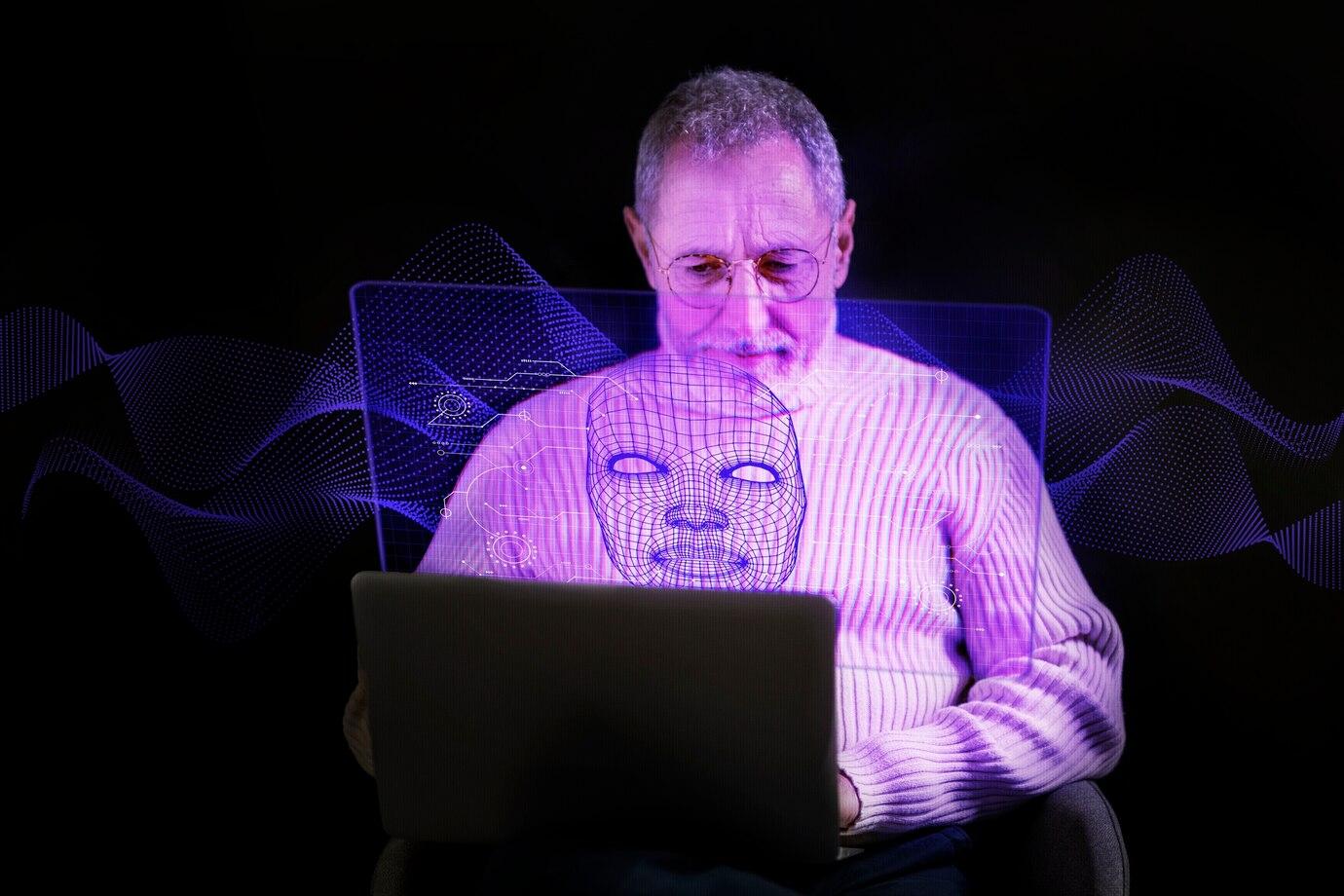Deep learning and artificial intelligence technologies play an important role in our lives, helping to improve many areas: from medicine to entertainment. However, with this revolution comes a new wave of fraud, particularly related to the use of deepfake technology. Deepfake is a technology that allows the creation of fake videos and audio recordings, where faces and voices of people can be replaced, resulting in many problems, especially in the field of financial crimes.
What is deepfake and how does it work?
Deepfake covers both video and audio and is based on neural network learning, particularly on AI models such as GAN (Generative Adversarial Networks). This technology analyzes large volumes of data, including videos and images, to create fake materials that look and sound authentic. This genuine art of manipulation creates visually and tonally similar objects to the original, making them significantly harder to recognize.
Examples of deepfake applications
Deepfake technology finds applications in a wide range of areas, from the film industry to social networks. For example, with deepfake, you can overlay one actor's face onto another's body in a movie or make a celebrity "appear" in an advertising campaign. However, in the financial sector, the use of this technology can be especially dangerous. Fraudsters use deepfake to create fake video calls, replace faces on financial documents, and even fake the voices of top company managers.
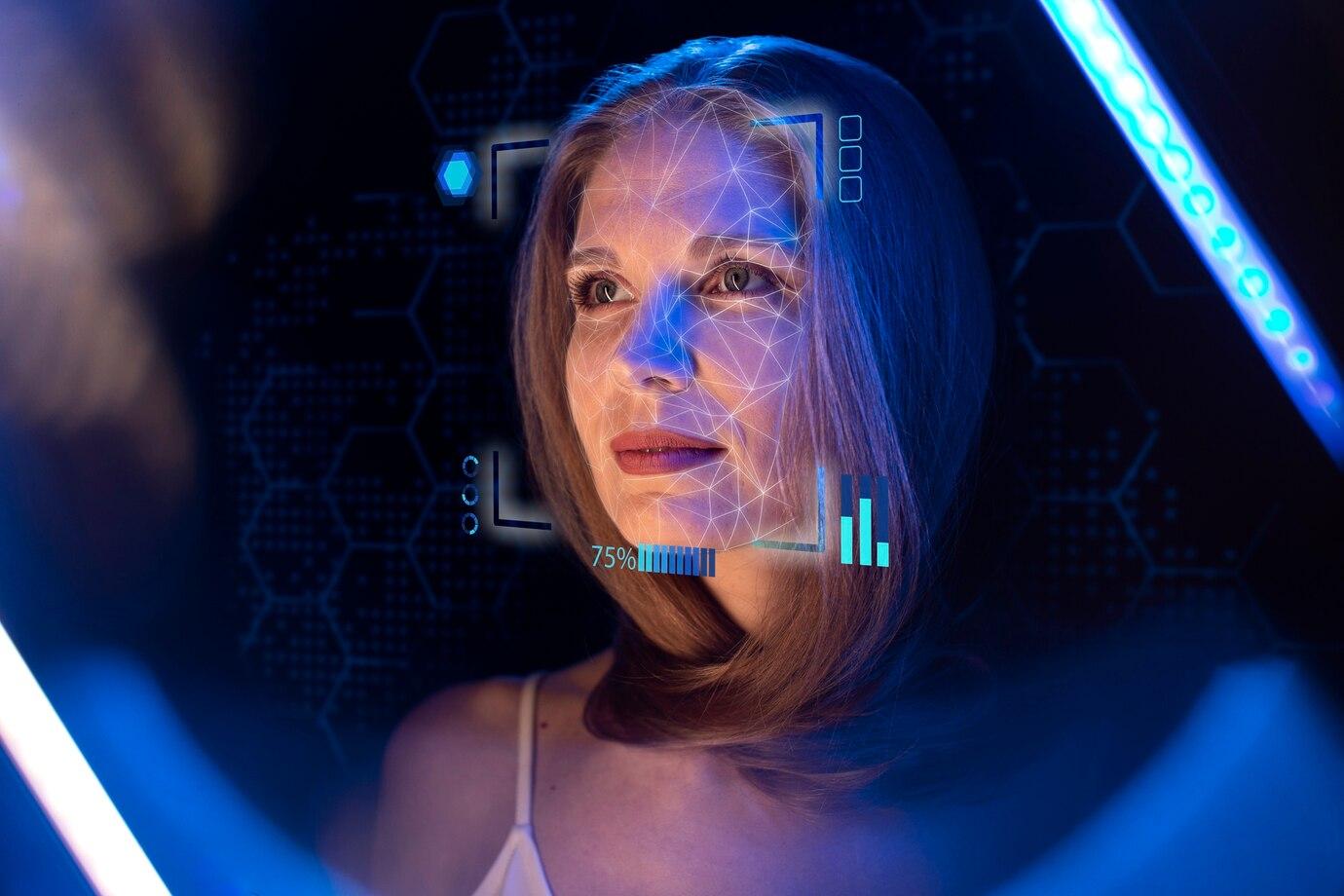
Deepfakes in scams: how does it work?
The most common method of using deepfake in fraud is fake video calls. Suppose a fraudster creates a deepfake video where he impersonates the CEO of a large corporation or its CFO. Using such a video, the fraudster can deceive company employees, forcing them to perform certain financial transactions, such as money transfers or access to internal data.
Voice and face alteration
Using deepfake technology allows not only image manipulation but also voice forgery. When a fraudster uses real person audio recordings, audio can be created that precisely imitates the speech mannerisms and intonations of the original. This becomes especially dangerous in the context of remote corporate relationships, where visual or audio confirmations often play a crucial role.
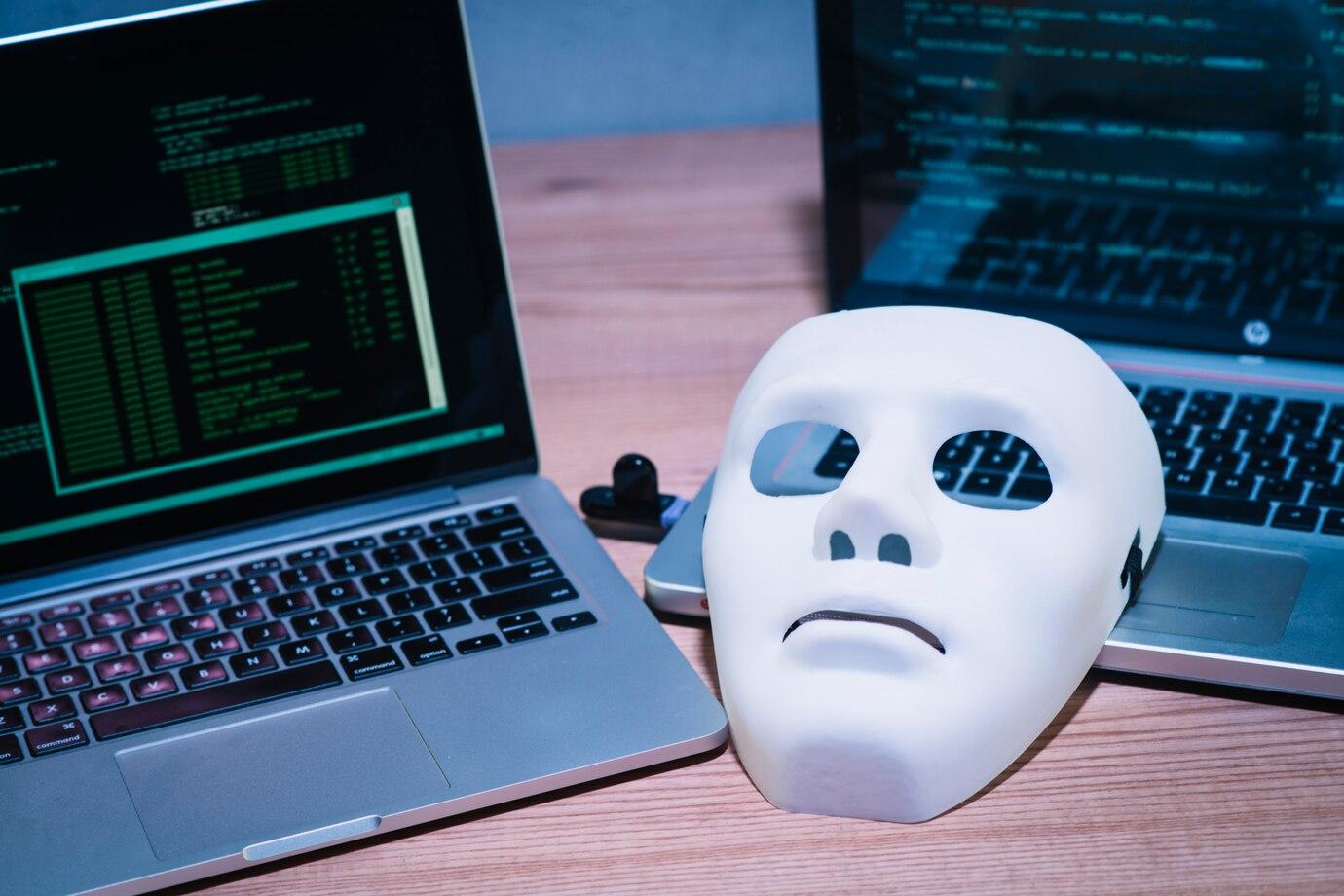
Cryptocurrency fraud
Fraudsters have also begun to actively use deepfake for deception in the cryptocurrency field. For example, fake public speeches or webinars featuring popular investors can deceive uninformed investors. At first glance, it seems as though a well-known businessman is offering investment opportunities, but they represent a trap for people looking to make quick profits in cryptocurrencies.
Protection against deepfake
Given the growing threat posed by the application of deepfake technologies, it is necessary to develop and implement protection methods. The first thing to focus on is raising awareness among both individual users and organizations. Training employees and users about the risks of deepfake and providing them with tools to recognize fakes is crucial.
Technological solutions
There are technologies capable of detecting deepfake videos and audio. This can include metadata analysis, sharpness assessment, lighting changes, and other signs characteristic of fake videos. At the same time, social networks and video platforms are beginning to implement mechanisms for prominently labeling content that may be fake.
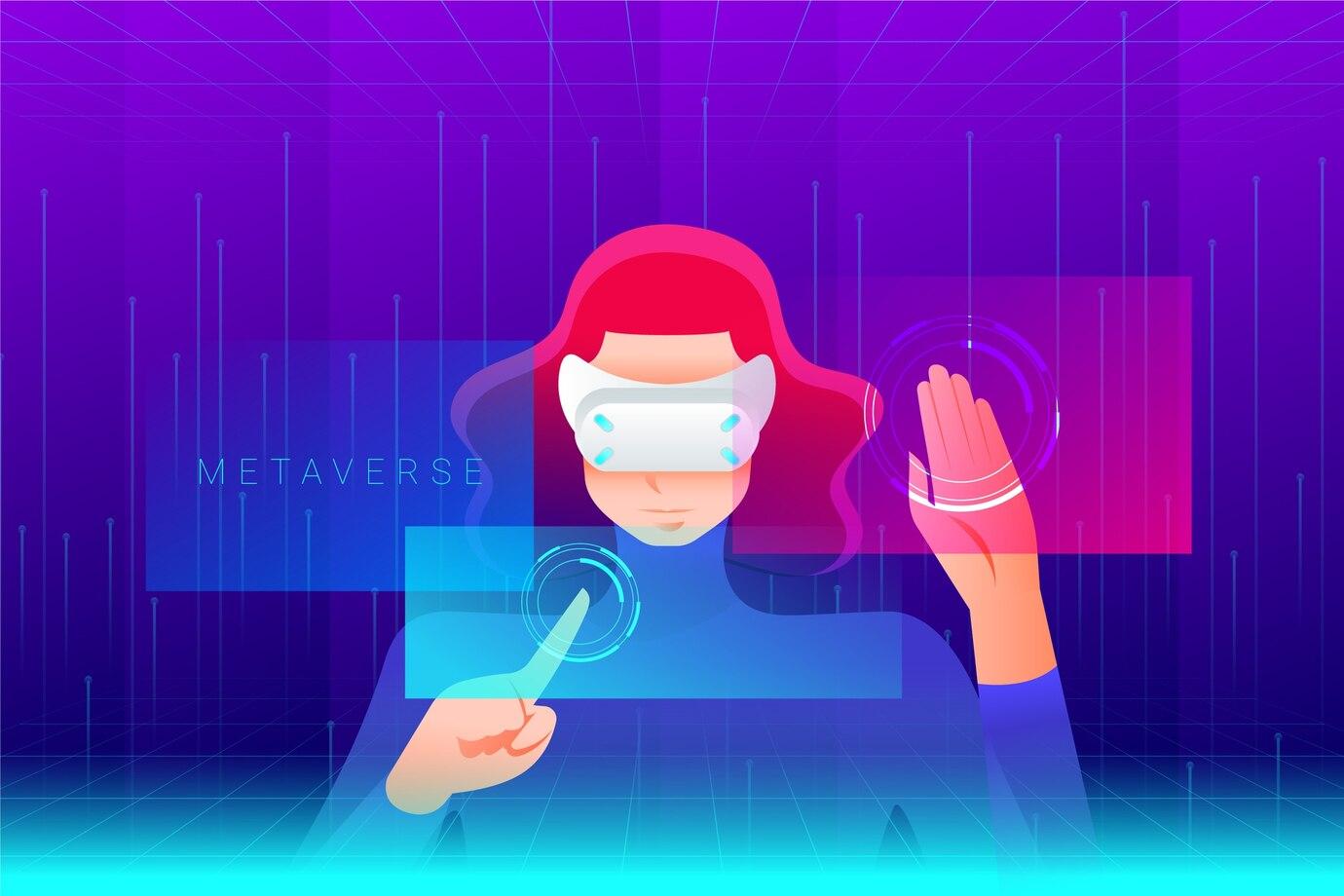
Key precautions
Individual users should be especially cautious of video calls and communications that require financial transactions. Supporting double verification, using messengers with good security, and confirming personal data through other channels can help avoid many financial dangers.
What financial risks are associated with the use of deepfake?
Frauds involving deepfake represent serious financial risks for companies and ordinary citizens. For example, fraudsters can bypass two-factor authentication systems if they manage to gain access to a video or voice that requires only visual confirmation. This creates new vulnerabilities and makes previous protection methods ineffective.
Devastating impact on business
Financial losses from fraud using deepfake can be catastrophic. According to recent studies, some companies have lost millions of dollars due to such scams. The loss of customer and partner trust can also lead to negative consequences for business reputation.
Protection of personal data
People are also at risk. Fraudsters can create a fake using the image of influential people, forging their identity and inviting people to share their data. Here, the emphasis is on the security of personal information and caution when using social networks.
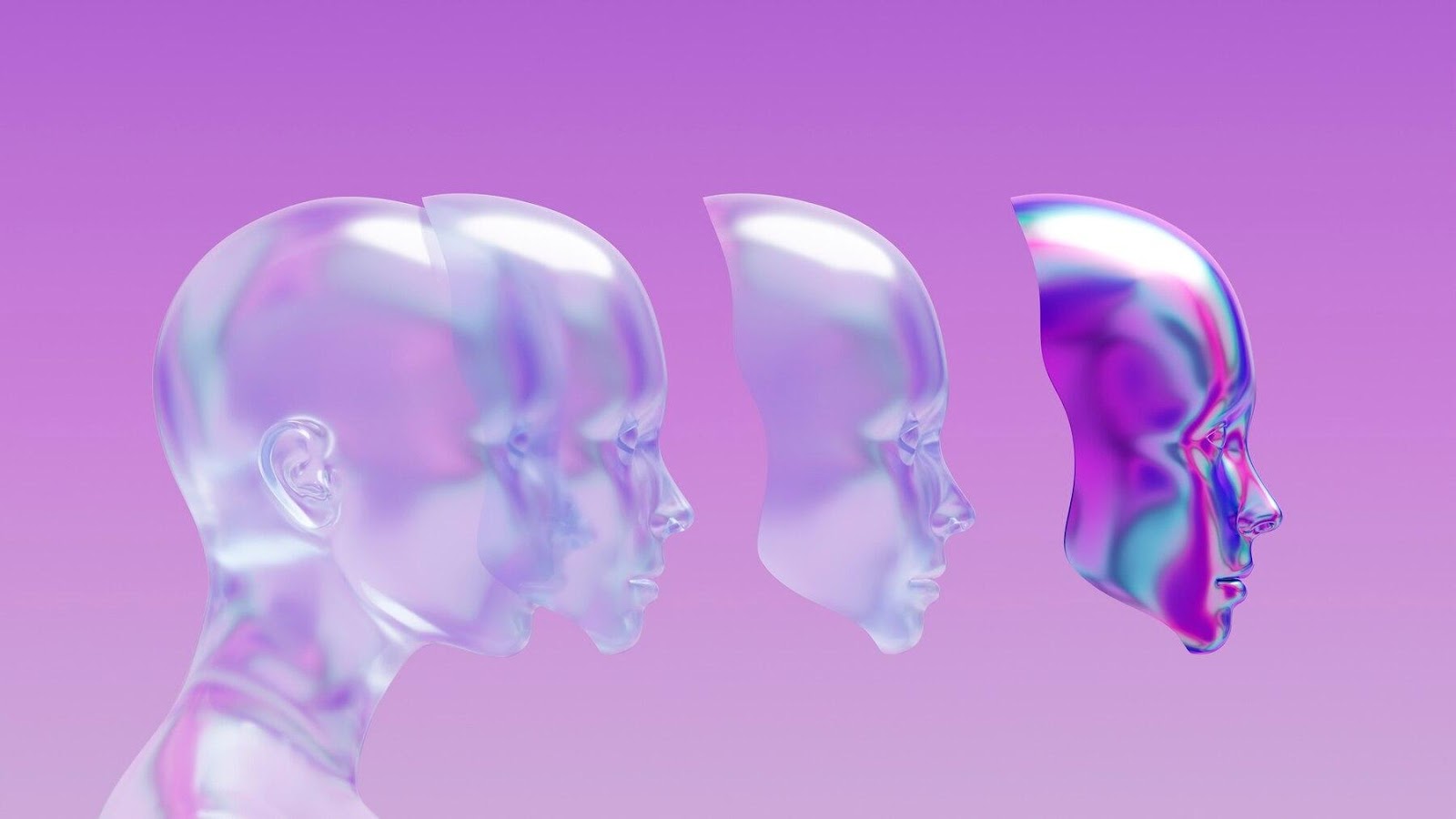
The use of deepfake technologies in fraud poses a significant threat to both businesses and individual users. Current protection methods and awareness of potential dangers are very important for minimizing risks. The constant development of technology requires active work and the implementation of new protective measures to avoid falling victim to cybercriminals. Ultimately, increasing knowledge about deepfake and its consequences will help us better protect our interests in a world where forgery is becoming increasingly difficult to recognize.
